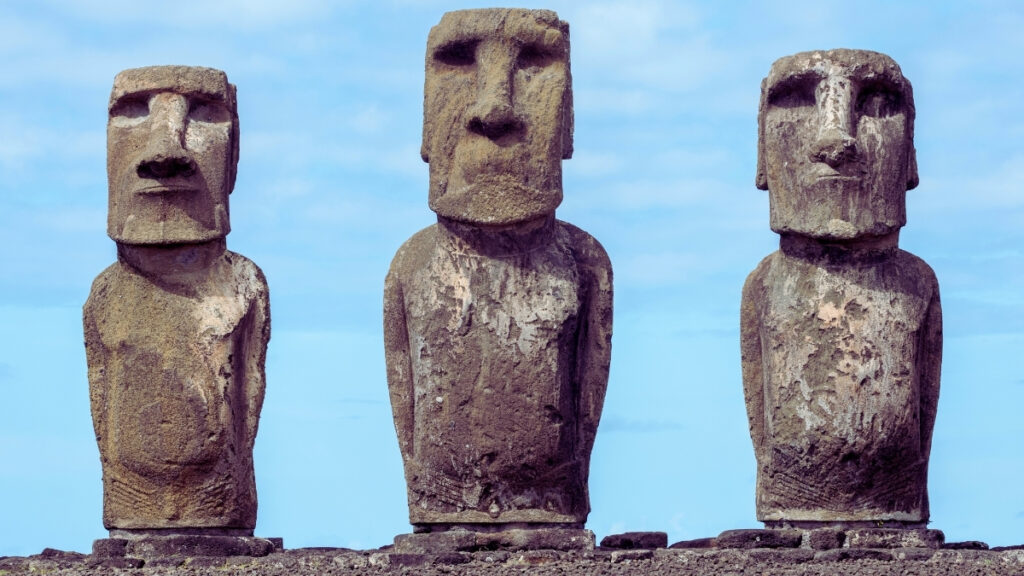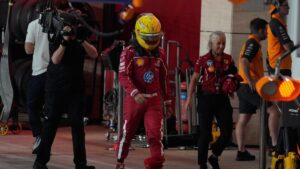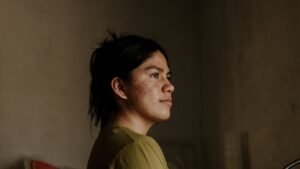
The renowned moai statues of Rapa Nui, also known as Easter Island, may have been moved into position using an ingenious technique that allowed them to “walk.” According to anthropologists Carl Lipo and Terry Hunt, this method is grounded in physics rather than local legend. Their findings challenge the widely accepted notion that the island’s ancient inhabitants recklessly deforested their land to transport these massive stone figures on wooden rollers.
Lipo and Hunt’s research, detailed in a recent publication in the Journal of Archaeological Science, presents a compelling argument against the so-called “ecocide” theory, which posits that the local population caused their own decline through environmental destruction. Instead, they suggest that the Polynesians had a simpler and more effective technique for moving the moai, which could transform understandings of the island’s history.
Reviving Ancient Techniques
For generations, the Indigenous people of Rapa Nui have shared songs recounting how their ancestors made the statues walk. While many Western scholars dismissed these narratives as mythological, Lipo and Hunt, in collaboration with former Rapanui governor Sergio Rapu Haoa, sought to revive the vertical transport theory. Their experiments showed that by gently rocking the statues side to side, they could be made to waddle forward with minimal effort from a team of handlers.
In a notable experiment conducted in 2012, a group of 18 individuals successfully moved a 4.35-ton replica of a moai statue for a distance of 100 meters (328 feet) in just 40 minutes. This hands-on approach provided tangible evidence to support their hypothesis. “The moai walked—the evidence is carved in stone, validated through experiments, and celebrated in contemporary Rapa Nui culture,” Lipo and Hunt stated in their paper, addressing critics of their theory.
Challenging Established Narratives
Lipo and Hunt’s research also contests the idea that Rapa Nui suffered a mysterious population collapse, often attributed to the actions of its inhabitants. Recent genetic and archaeological studies suggest that factors like slave raids and foreign diseases played a larger role in the island’s demographic changes. This new perspective shifts the blame away from the Rapa Nui people themselves.
The authors directly confront critiques from prominent figures, including author Jared Diamond, who popularized the ecocide narrative in his 2005 book, Collapse: How Societies Choose to Fail or Succeed. Diamond previously dismissed Lipo and Hunt’s theory as an “implausible recipe for disaster,” arguing that it risked damaging the statues on uneven terrain. However, Lipo and Hunt counter that the breaking of moai statues often occurred in ways consistent with their movement and that the evidence supports their model.
The moai statues, far from being symbols of environmental degradation, represent a legacy of ingenuity and resourcefulness, according to Lipo and Hunt. Their research not only sheds light on the methods used to transport these iconic figures but also invites a reevaluation of the narratives surrounding the history of Rapa Nui.







